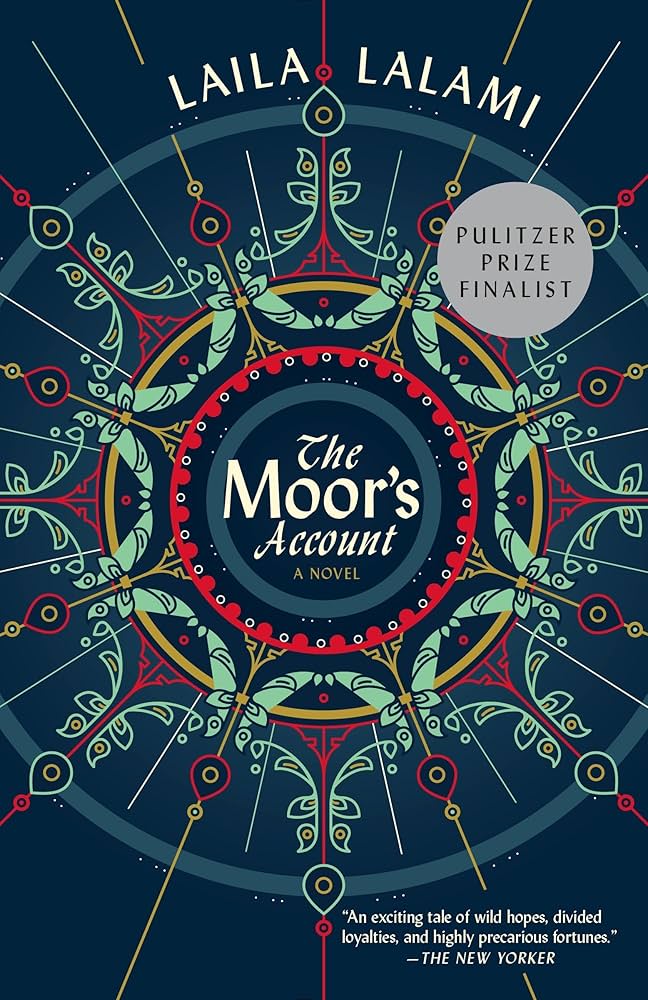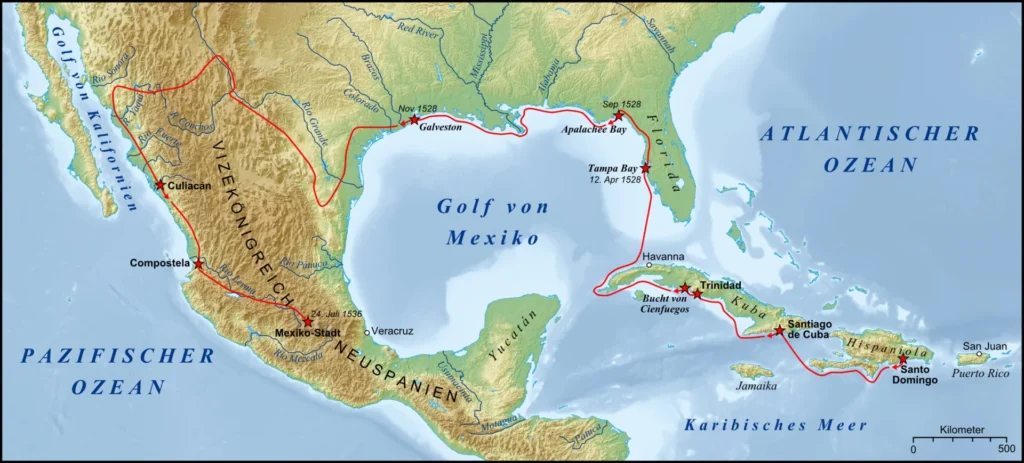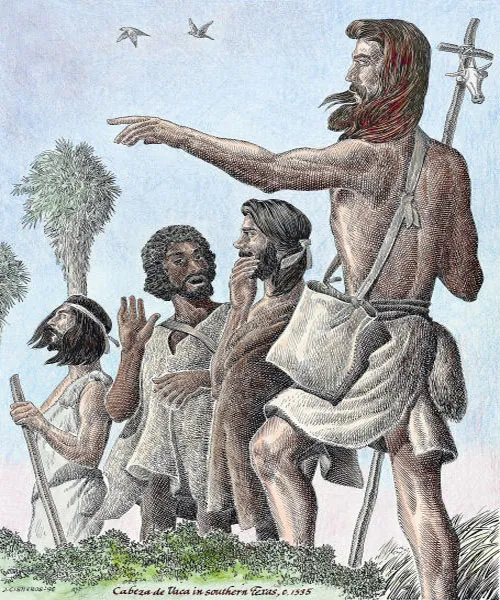About
Author: Laila Lalami (Morocco)
Genre: Historical
Setting
Place: Morocco, Spain, USA, Mexico
Time: 1500s
My Rating (see what this means)
My Subjective Rating: 4
My ‘Objective’ Rating: 3.89
Introduction

Mustafa ibn Muhammad ibn Abdulsalam al-Zamori, the Moroccan Moorish narrator in Laila Lalami‘s book ‘The Moor’s Account’ was not known by his real name for most of his life. He was Estebanico instead – named as such after being forced to sell himself into slavery due to a drought.
As a slave, he found himself on a doomed Spanish expedition intended to explore and establish colonial settlements in La Florida. Based on a real-life Narvaez expedition from the 1500s, Estebanico was among the only 4 survivors – forced to navigate several years in the North American wilderness among the countless Indian tribes populating them.
Being a slave, official records never captured Mustafa’s account – after the 4 men found their way back to Castilian society. The Moor’s Account is a fictionalized novel capturing what Estebanico would have had to say of his experience in the expedition – forming ]important pages in an otherwise incomplete record of history.
Review

The Moor’s Account is ambitious in scope – with tens of characters, a robust historical backdrop and capturing important civilizations milestones. Despite this it remains a pleasant read that is sufficiently easy to follow.
Broadly following the slave narrator – Mustafa, in the first half, the book alternates between the doomed Narvaez expedition and Mustafa’s personal history (fictionalized) that led him to slavery and subsequently as a slave on the Narvaez expedition. Written with a lot of pathos – the book builds all its characters well – from the unfortunate to the atrocious – and contextualizes things from the perspective of a black slave against the already documented accounts of the Castilian adventurous slaveholders who were willing to step in the unknown for glory.
Mustafa and the several other characters – face tough choices – both for survival and ethical in their journey – making it easy to get invested in their stories. Even for the most net-net atrocious figures.
While the novel format does not put strict demands of it, the writer aligns major contours of the book to historically available facts – making it an informative read. Moreover, the narrator also confesses early on in the text that not every piece of information into the account he is writing is going to be correct. But his book remains honest in spirit – with the hope that –
“Maybe if our experiences, in all their glorious, magnificent colours, were somehow added up, they would lead us to the blinding light of the truth”
All in all, the book paints a marvelously vivid picture of colonialism of the new world – transporting the readers into a brutal and consequential part of the history of humanity.

Picture Credits:
- Cover Picture: https://www.tshaonline.org/handbook/entries/cabeza-de-vaca-lvar-nunez
- Painting from “Borderlands: The Heritage of the Rio Grande through the Art of Jose Cisneros,” courtesy of the Museum of South Texas History, Edinburg, Texas.